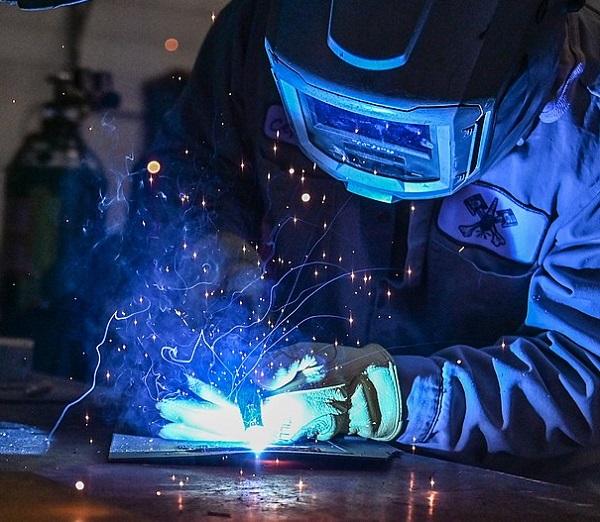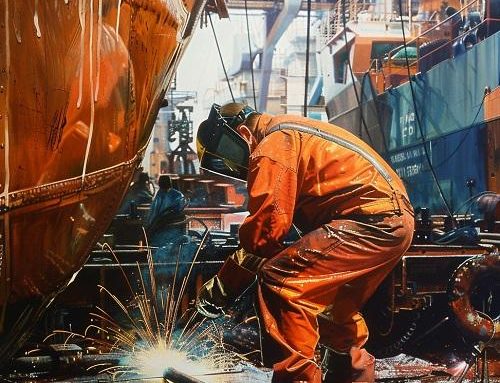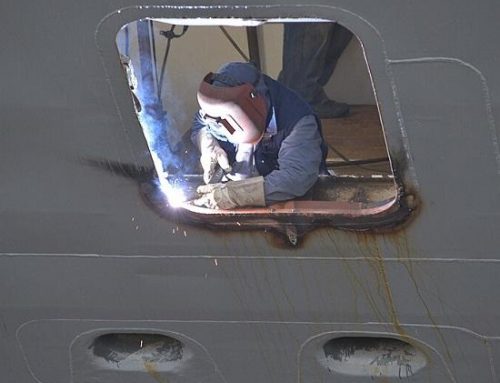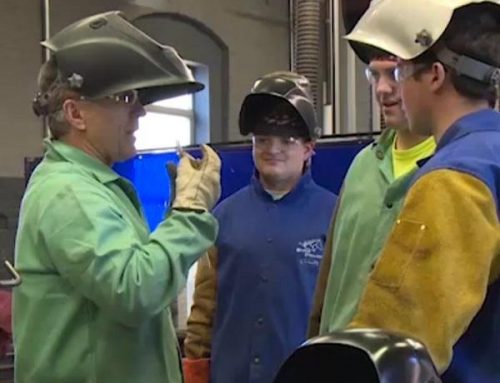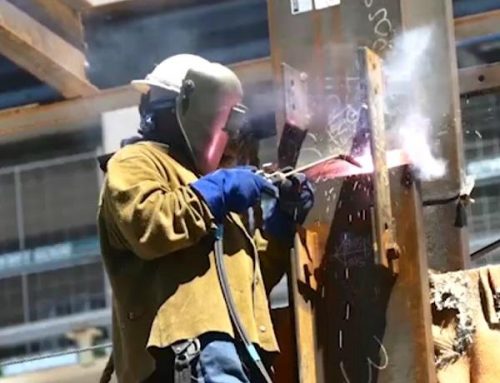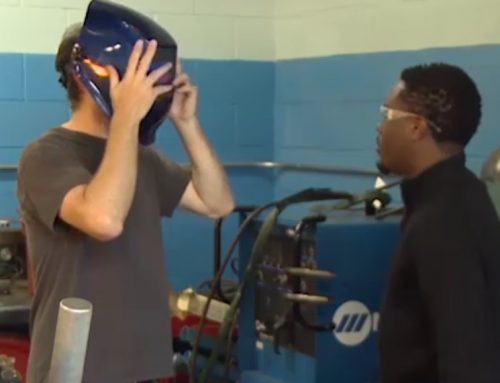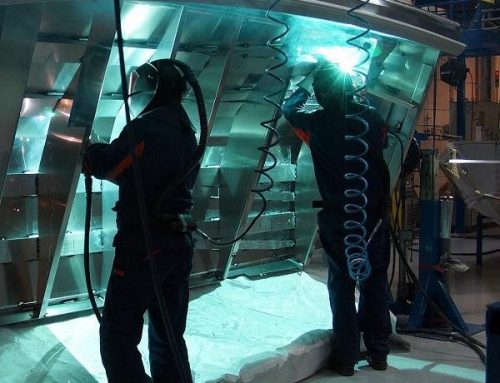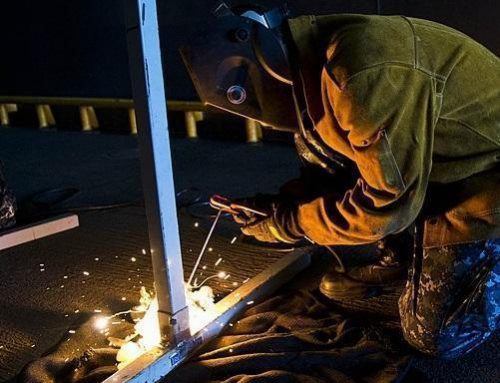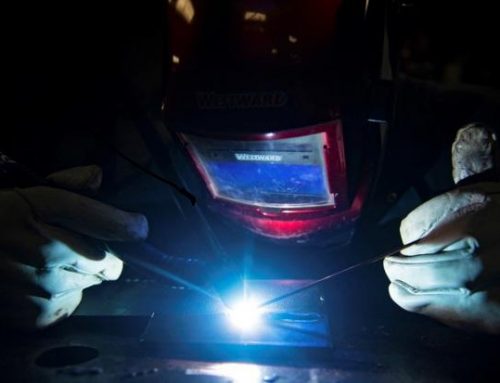Welders and other metalworkers face an array of occupational health hazards, but a rare and serious respiratory infection has recently caught the attention of health authorities. Dubbed “welder’s anthrax,” this form of pneumonia is believed to result from long-term inhalation exposure to metal fumes, predisposing welders to infection by Bacillus bacteria naturally found in soils.
While only seven confirmed cases have been documented between 1994-2020, welder’s anthrax represents a dangerous gap in workplace health protections. This article explores the contributing factors, outlines practical protective measures employers can take, and underscores why vigilance is vital even when risks seem obscure.
The Discovery of a Novel Workplace Illness
In 2020, the Centers for Disease Control and Prevention (CDC) formally recognized welder’s anthrax as an emerging biological hazard for those working extensively with metals. Caused by inhalation of anthrax toxins, the assumption is that something about chronic metal fume exposure suppresses lung immunity. This allows Bacillus bacteria lurking in ambient soil and dust to trigger severe, rapidly progressive pneumonia when inhaled.
While the mechanism linking metalworking to anthrax susceptibility remains unconfirmed, the geographic pattern is telling. Cases have only occurred in Texas and Louisiana where endemic soil conditions favor Bacillus colonies. Though rare, under the right environmental circumstances welder’s anthrax could theoretically occur anywhere these bacteria reside. It represents an occupational “perfect storm” – the intersection of certain workplace exposures inadvertently enabling a naturally occurring biological threat.
Prevention: Reducing Dust and Fume Inhalation Hazards
With no OSHA standards presently covering welder’s anthrax, the CDC and OSHA offer general guidance on limiting metalworker exposures. The recommendations aim to cut down on both metal fumes from welding itself and environmental contaminants like shop dust or soil where anthrax spores may lurk. Suggested measures include:
- Using local exhaust ventilation to capture and remove welding fumes at their source before they reach the breathing zone
- Applying dust suppression techniques like wet mopping and vacuuming with HEPA filters instead of dry sweeping
- Encouraging welders to immediately report pneumonia symptoms for prompt evaluation
- Providing appropriate respiratory protection based on hazard assessments
For outdoor welding operations, exposure risks could spike under dry, windy conditions stirring up contaminated soil dust. Steps like preemptively wetting down areas or laying down tarps can mitigate hazardous clouds, preventing unintended exposures.
What Causes Welder’s Anthrax?
Welder’s anthrax is caused by species within the Bacillus cereus group. Specifically, this illness is associated with strains of Bacillus cereus that harbor a plasmid similar to the B. anthracis pXO1. This plasmid encodes for anthrax toxins, which are the primary virulence factors leading to the disease’s severe symptoms.
In these cases, the welders and metalworkers are not exposed to Bacillus anthracis, the bacterium traditionally associated with anthrax, but rather to certain strains of Bacillus cereus that have acquired similar pathogenic capabilities through the pXO1-like plasmid. This results in a presentation that is very similar to inhalation anthrax, hence the name “welder’s anthrax.”
The presence of these bacteria in the environment of metalworkers, particularly welders, is thought to be related to the conditions in which they work. The process of welding can aerosolize various particles and create an environment where these bacteria can thrive or be inhaled, leading to infection. It’s important to note that while Bacillus cereus is commonly found in the environment and is often harmless, the specific strains causing welder’s anthrax are equipped with the toxin genes that make them particularly dangerous.
The development of welder’s anthrax, caused by specific strains of Bacillus cereus containing anthrax toxin genes, is influenced by several factors related to the welding environment and process. These factors create conditions that can increase the risk of exposure to and infection by these bacteria:
- Metal Fumes and Particles: Welding generates fumes and particles from the metals being welded. These particles can carry bacteria or create an environment conducive to bacterial growth. The bacteria may either be present on the surfaces of the metals being welded or in the surrounding environment.
- Heat and Aerosolization: The high heat from welding can aerosolize particles and bacteria, making them more easily inhalable. When these aerosolized particles, potentially carrying B. cereus, are inhaled, they can reach the lungs and cause infection.
- Work Environment Conditions: The presence of dust, dirt, and other contaminants in welding environments can harbor bacteria. Inadequate ventilation in welding areas can also contribute to a higher concentration of airborne particles and bacteria.
- Immune System Response: The inhalation of metal fumes and particles can affect the respiratory tract’s immune response, potentially making it more susceptible to infections.
- Type of Welding and Materials Used: Different welding methods and materials might influence the risk. For example, the welding of certain metals or the use of specific coatings and treatments on metals might produce fumes or residues that either harbor more bacteria or are more likely to compromise respiratory defenses.
Staying Vigilant Against Uncommon Risks
One challenge in occupational health is recognizing emerging hazards soon enough to prevent harm, especially when links between exposures and illness remain scientifically unclear. The recent identification of welder’s anthrax signals the need for continued vigilance protecting lung health.
While metal fume exposures can create general susceptibility to pneumonia, the specific anthrax connection catches many public health experts by surprise. It highlights how job-specific issues like chronic metal inhalation can intersect with geography, environmental conditions, and infectious disease vectors in completely unforeseen ways.
Workplace health protection is an evolving landscape requiring ongoing risk reassessment. As new findings emerge or outbreak patterns shift, exposure guidance also warrants periodic updating to prevent rare but dangerous respiratory hazards like welder’s anthrax. Worker education and reporting procedures likewise provide indispensable feedback channels enabling quicker identification of clusters or burgeoning threats.
Maintaining well-rounded occupational health defenses remains key even against obscure risks. For welders and metalworkers, comprehensive fume controls, proper PPE use, medical monitoring, and worker engagement provide overlapping safeguards should novel illnesses strike. While welder’s anthrax may seem a limited issue today, it could presage other exotic occupational infections tomorrow if vigilance lags.
By recognizing this novel pneumonia and investigating its origins in metalworking, health officials took vital steps toward understanding and containing the hazard. But the onus falls on every employer of welders and metalworkers to now implement protective controls, heeding emerging science and guarding more assiduously against dust, fumes, and unlikely respiratory infections alike. Worker health hinges on such conscientiousness even when risks seem remote.
Sources:


